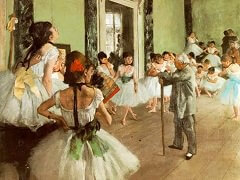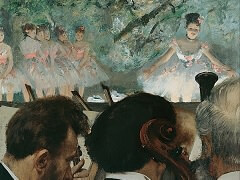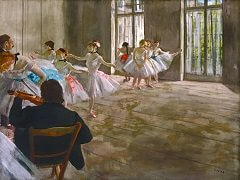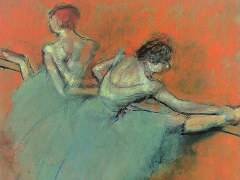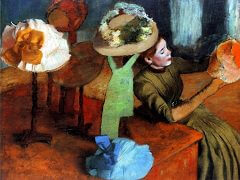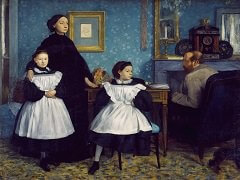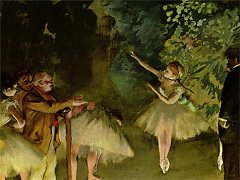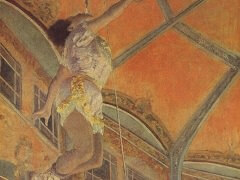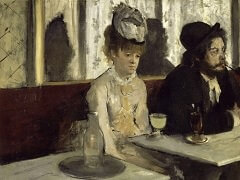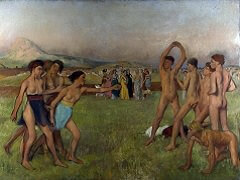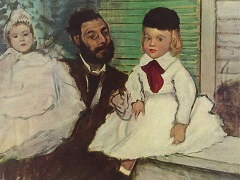The Tub, 1886 by Edgar Degas
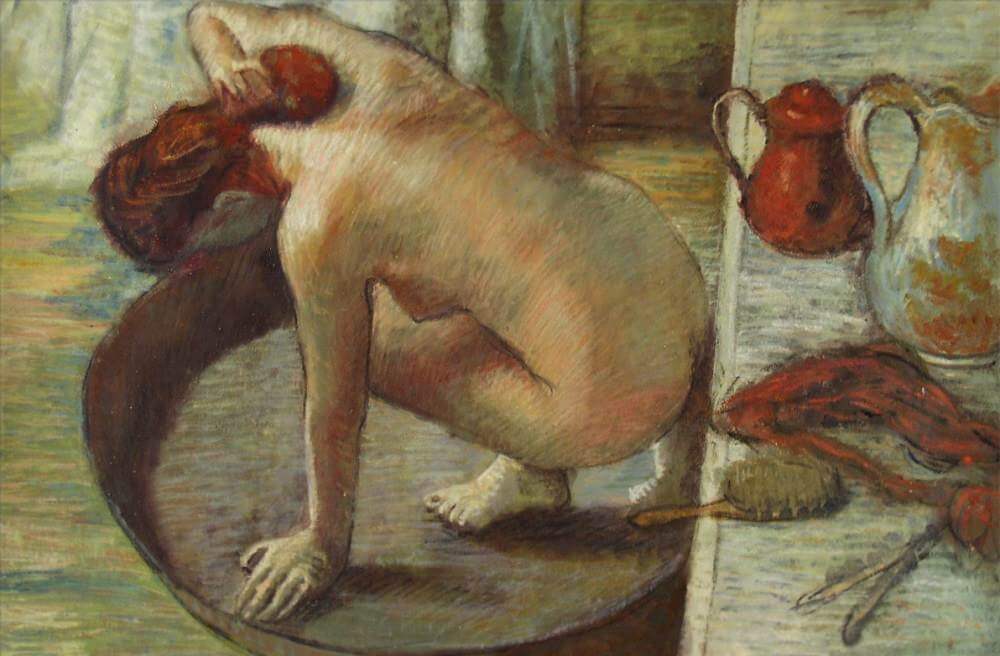
Presented at the eighth Impressionist exhibition in 1886, this pastel is one of a series of seven pictures produced by Degas in the mid 1880's on the theme of women at their ablutions, a subject already explored by the artist in a series of monotypes some ten years previously.
His minute observation of their intimate, everyday gestures is a far cry from the traditional romantic scenes of ladies at their toilette. The young woman's pose, sometimes interpreted by contemporary critics as the expression of a certain animality, is derived from that of the Crouching Aphrodite of antiquity.
Degas' painting of bath series once heavily influenced post-impressionist Vincent van Gogh. During the first time Van Gogh spent in Paris, he had exceptional opportunities to acquaint himself with Degas' master of the human figure, in two important public displays of recent drawings and pastels. Within weeks of Van Gogh's arrival, the eighth and final impressionist exhibition included a much-noted installation of Degas portraits, milliner studies and bathers, the latter described by the artist as a 'suite de nuds de femmes.' This controversial series of pastels shows women crouched in their bathtubs, standing beside their beds and, in the case of The Tub, occupying herself in the open air. Perhaps incorporating the 'Degas nude' that so impressed Van Gogh at this moment, this series represented a crucial statement about Degas's own fusion of the linear and the painterly at a key point in his mid-career. Degas's influence on Van Goth can be seen in his work Plaster Torso, 1866.



